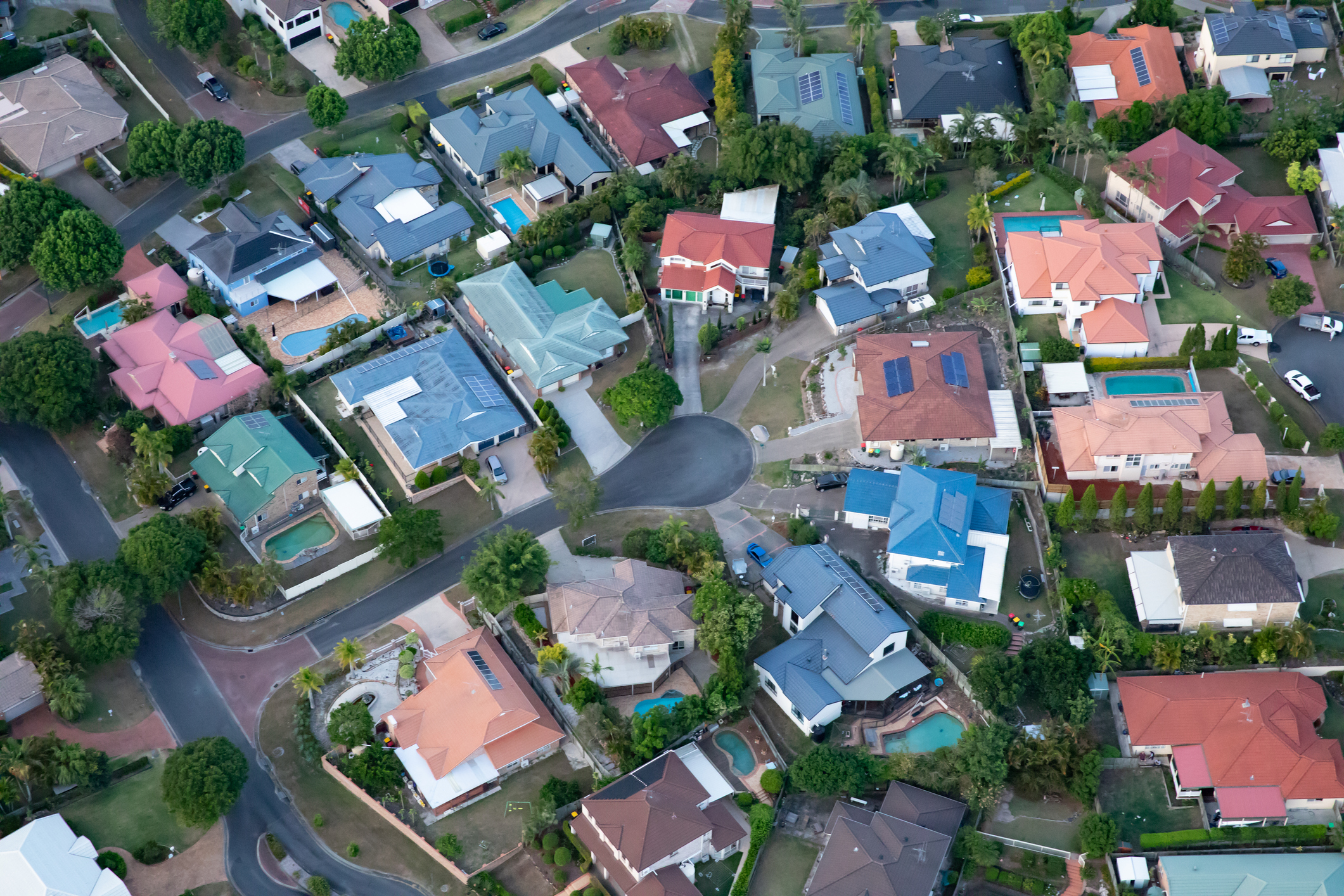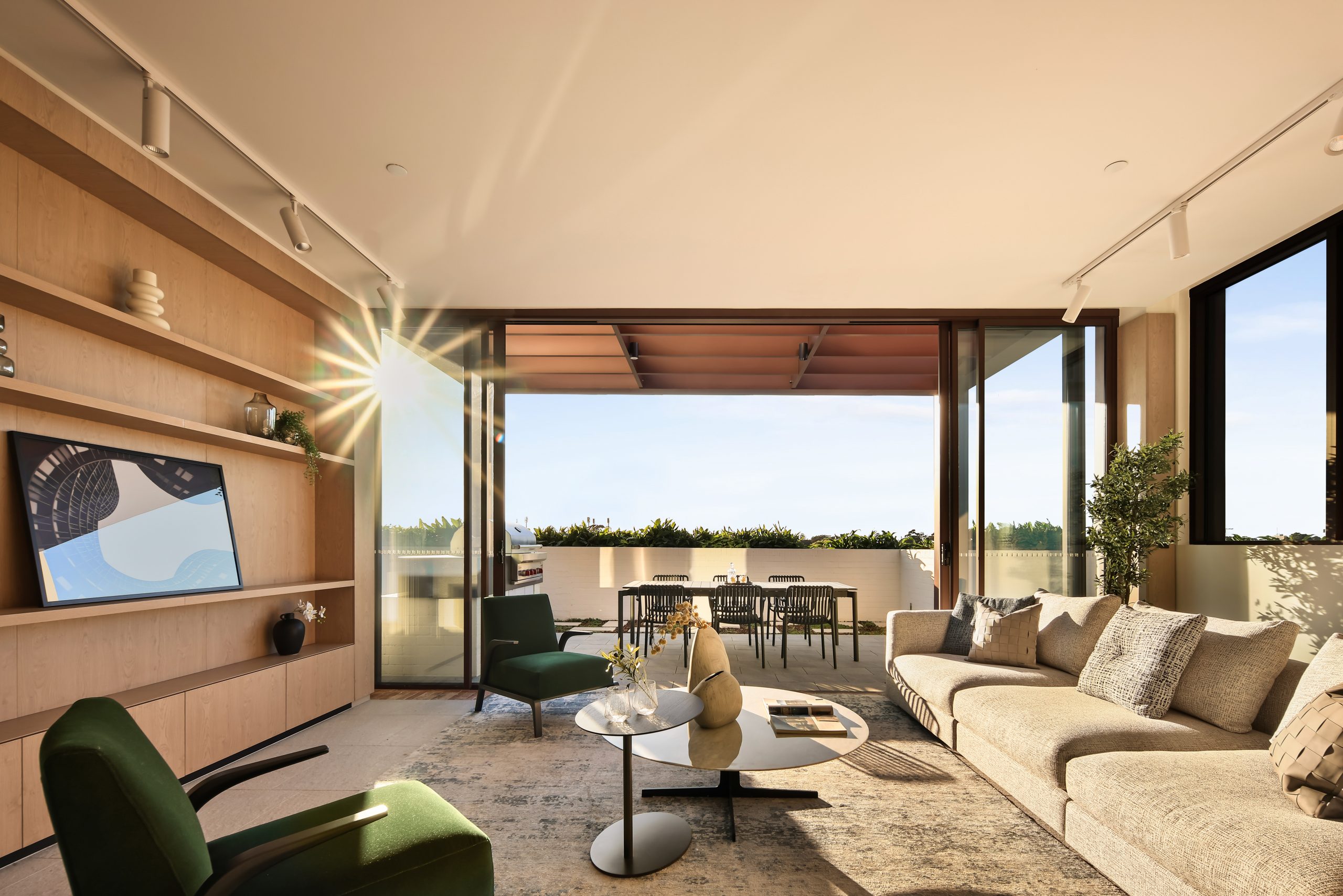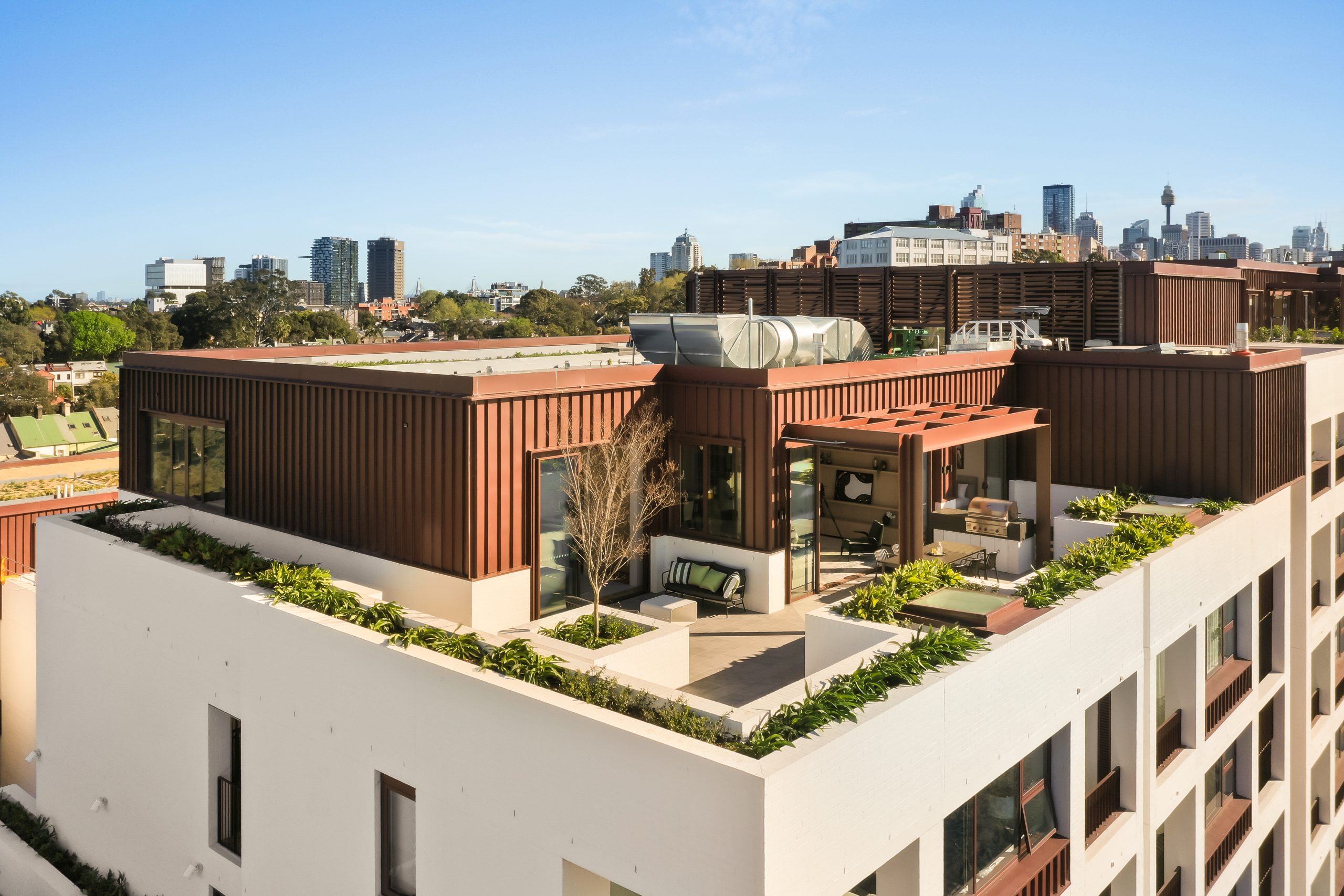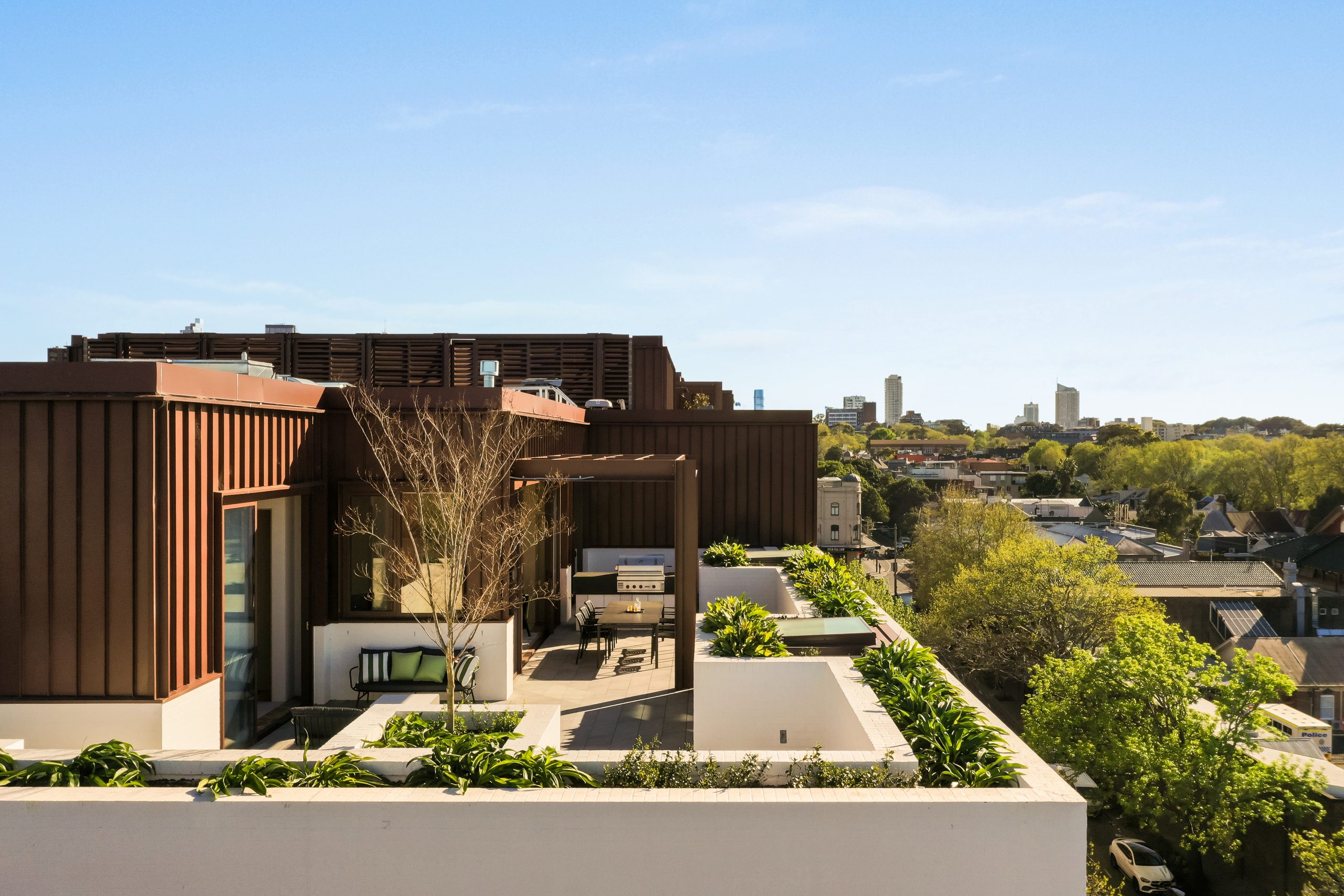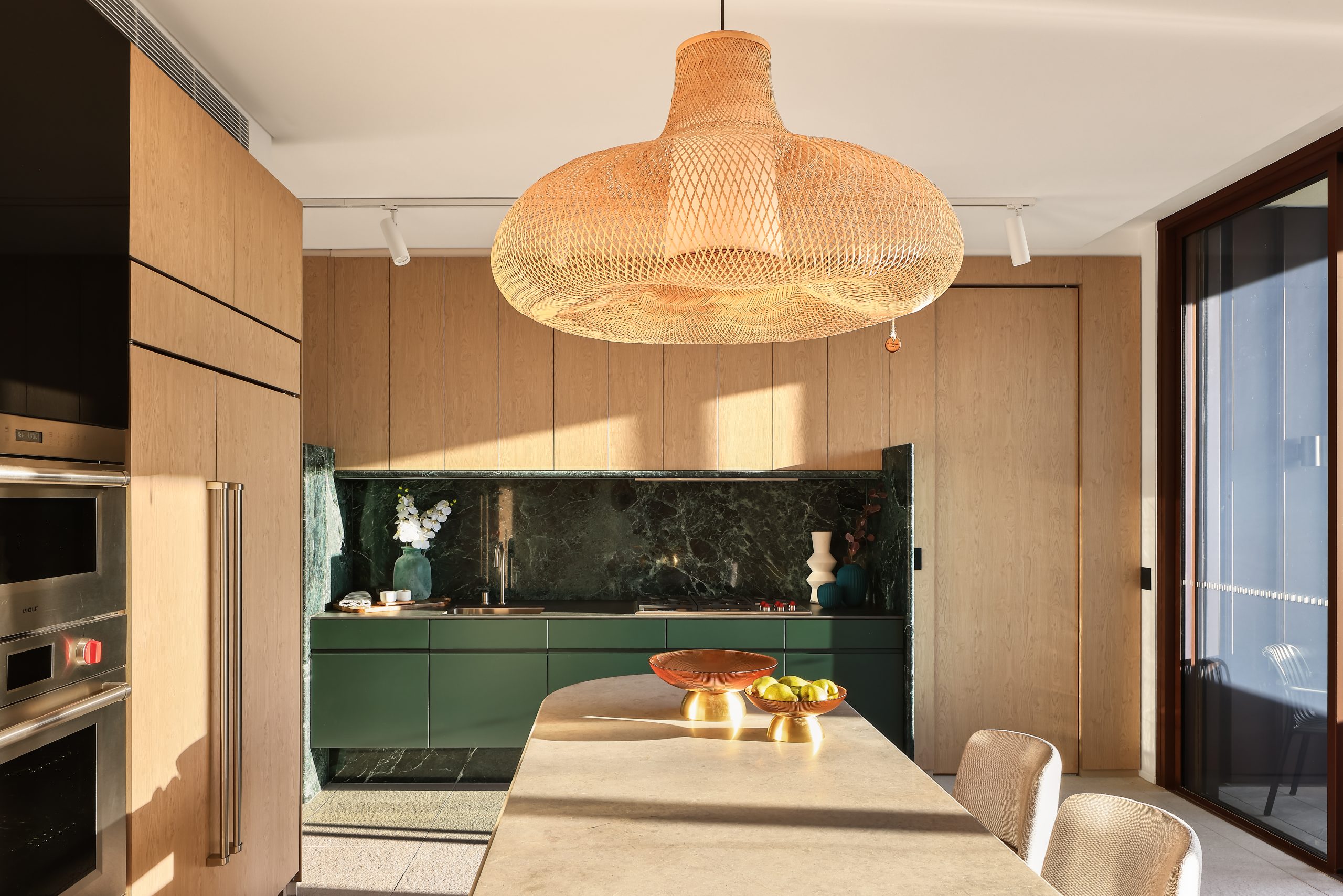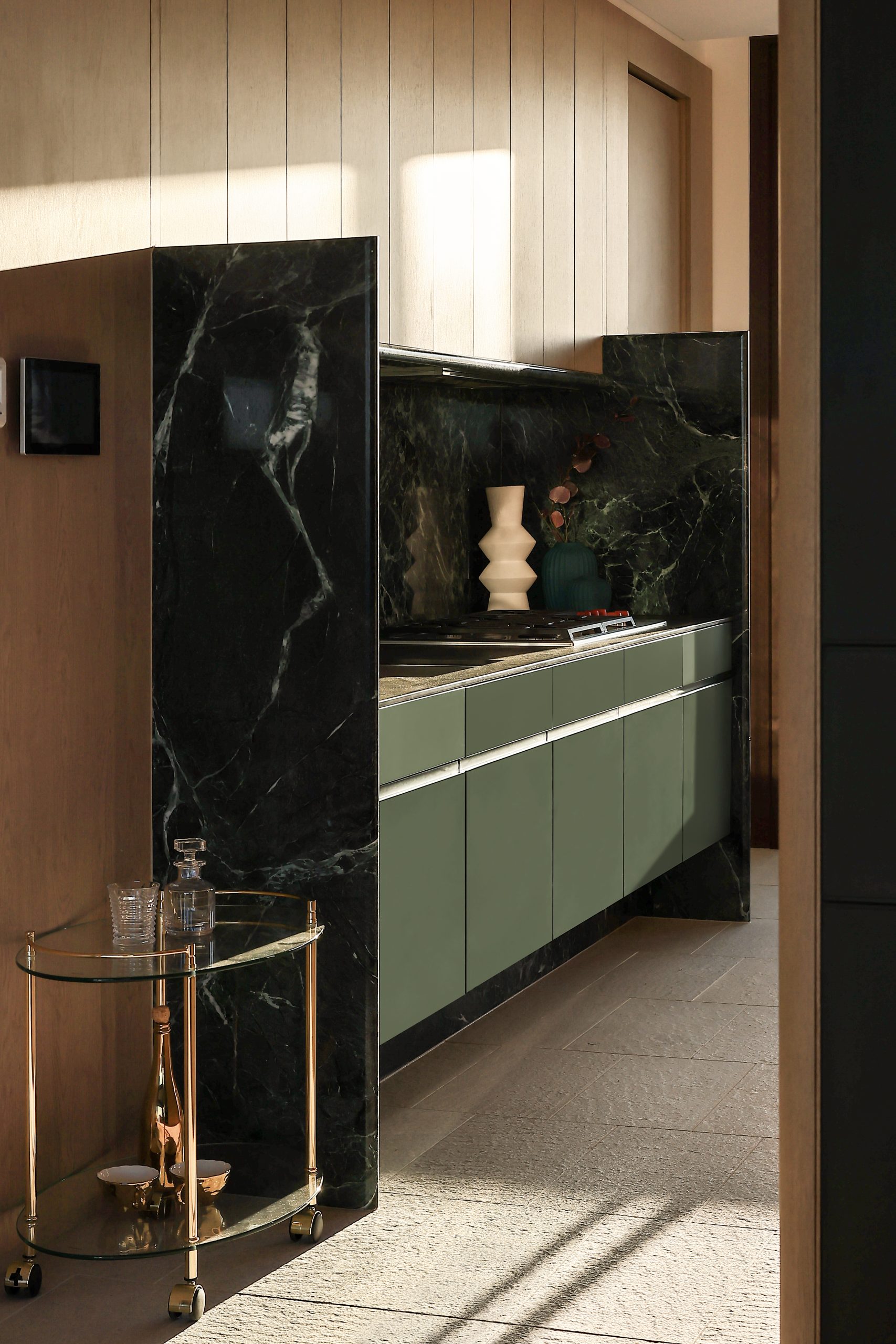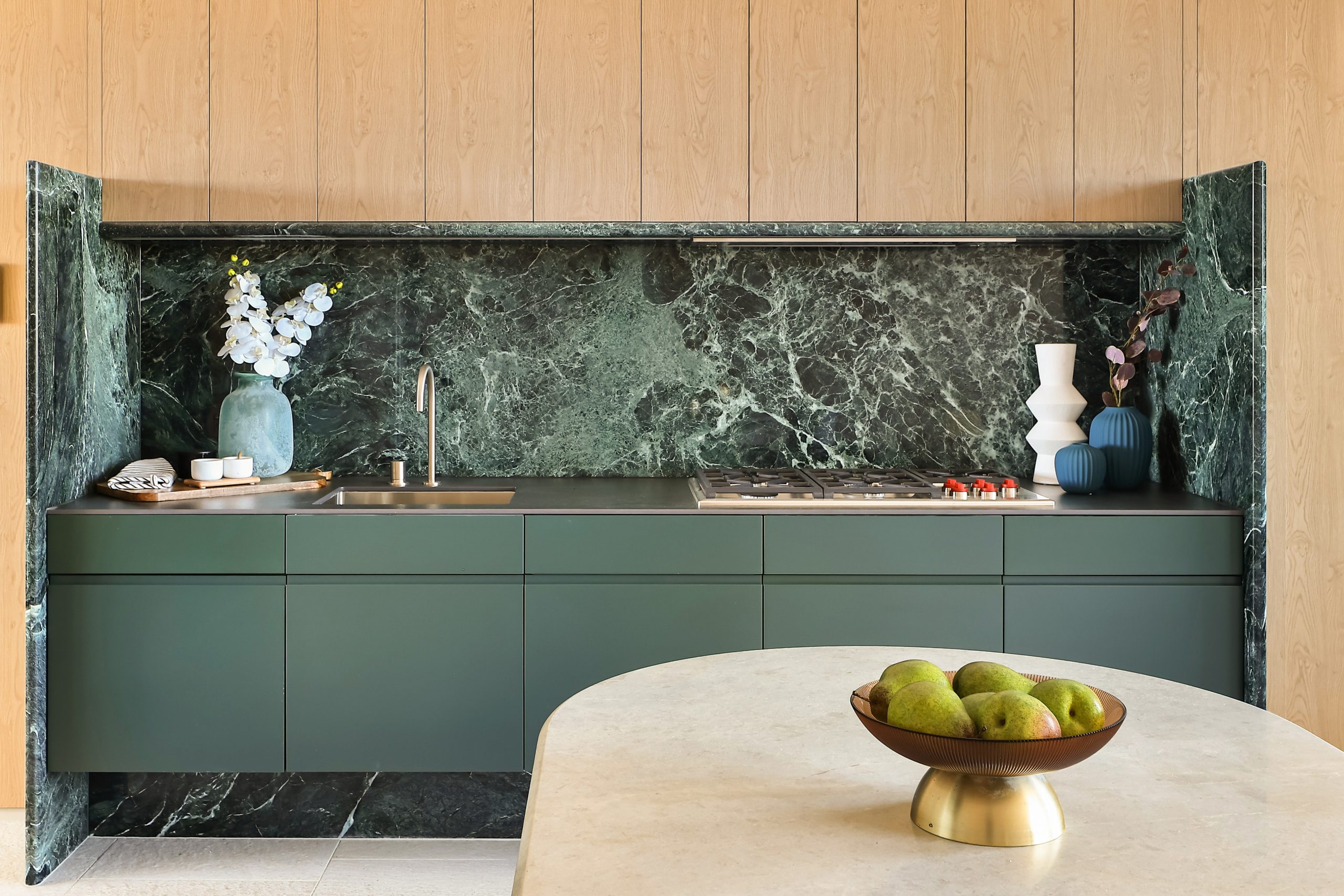The new east coast capital outranking Melbourne for property values
The ability to work from home prompted many Australians to relocate to this city for lifestyle and affordability during the pandemic
The median home value in Brisbane has surpassed Melbourne for the first time in 15 years following a staggering 50 percent increase in home prices since the onset of the pandemic in March 2020. CoreLogic Head of Research, Eliza Owen said the price data reflects “the substantial impact that the pandemic has had on housing preferences” in Australia. Before the pandemic, Brisbane’s median dwelling value was $187,000 lower than Melbourne’s and today it is $7,000 higher at $787,000.
Brisbane now has the third-highest median dwelling value among the capital cities, behind Sydney and Canberra. Home values in the nation’s capital overtook Melbourne in 2021, with Canberra’s median dwelling value rising 31 percent between March 2020 and today. Over the same time frame, Melbourne values rose by just 11 percent, which was the weakest growth among the capital cities. Melbourne was last year rated the third most liveable city in the world on the Global Liveability Index by the Economic Intelligence Unit, the highest ranking for any Australian city.
“[Brisbane’s] appeal amid an increase in remote work helped fuel strong population growth, increasing housing demand, driving down supply and making it a seller’s market,” Ms Owen said. “The reason for such varied capital growth outcomes may be partly due to lifestyle factors, where the appeal of South East Queensland rose through the pandemic. The normalisation of remote work for many professionals made interstate migration to Queensland more feasible, while Melbourne’s extended lockdowns from March 2020 through to October 2021 may have prompted people to leave the city.”
Net interstate migration to Queensland reached a record high of 51,500 in the year to March 2022, according to the Australian Bureau of Statistics. Over the same period, net interstate migration to Victoria was -20,000. “Net internal migration to Victoria bottomed out at a loss of -35,600 people in the year to June 2021, and was still negative as of June last year,” Ms Owen said. “Value falls across Melbourne were also exacerbated by the loss of overseas migration through COVID.”
Over the 12 months to June 2022, Brisbane’s population grew by 2.3 percent compared to Melbourne’s 1.1 percent. However, Melbourne’s residential population is almost double the size of Brisbane at an estimated 5,031,000 people compared to 2,628,000 in Brisbane.
Ms Owen also explained a technical reason why Brisbane’s median dwelling value has surpassed that of Melbourne. Dwelling median values combine all types of properties. If the data is separated into houses and apartments, Melbourne remains more expensive than Brisbane – but only just. Melbourne’s median house price is $72,000 higher than Brisbane and the median apartment price is $49,000 higher. “The reason for this is that Melbourne has a higher share of units as a portion of the dwelling market. Because units are generally lower value than detached houses, a higher portion of units brings down the median dwelling [value] across all houses and units.”
Ms Owen said Brisbane remains a seller’s market, although the pace of growth in home values is now easing.
“As home values in the city continue to rise, there is less claim to Brisbane being relatively affordable, and some prospective interstate movers may decide to remain in their city,” she said. “Recent weeks have also demonstrated there is some added risk to pockets of the Brisbane property market from extreme weather and flooding, which could impact demand in the near term.”
This stylish family home combines a classic palette and finishes with a flexible floorplan
Just 55 minutes from Sydney, make this your creative getaway located in the majestic Hawkesbury region.
A Sydney site with a questionable past is reborn as a luxe residential environment ideal for indulging in dining out
Long-term Sydney residents always had handful of not-so-glamourous nicknames for the building on the corner of Cleveland and Baptist Streets straddling Redfern and Surry Hills, but after a modern rebirth that’s all changed.
Once known as “Murder Mall” or “Methadone Mall”, the 1960s-built Surry Hills Shopping Centre was a magnet for colourful characters and questionable behaviour. Today, however, a $500 million facelift of the site — alongside a slow and steady gentrification of the two neighbouring suburbs — the prime corner property has been transformed into a luxury apartment complex Surry Hills Village by developer Toga Group.
The crowning feature of the 122-apartment project is the three-bedroom penthouse, fully completed and just released to market with a $7.5 million price guide.
Measuring 211sqm of internal space, with a 136sqm terrace complete with landscaping, the penthouse is the brand new brainchild of Surry Hills local Adam Haddow, director of architecture at award-winning firm SJB.
Victoria Judge, senior associate and co-interior design lead at SJB says Surry Hills Village sets a new residential benchmark for the southern end of Surry Hills.
“The residential offering is well-appointed, confident, luxe and bohemian. Smart enough to know what makes good living, and cool enough to hold its own amongst design-centric Surry Hills.”
Allan Vidor, managing director of Toga Group, adds that the penthouse is the quintessential jewel in the crown of Surry Hills Village.
“Bringing together a distinct design that draws on the beauty and vibrancy of Sydney; grand spaces and the finest finishes across a significant footprint, located only a stone’s throw away from the exciting cultural hub of Crown St and Surry Hills.”
Created to maximise views of the city skyline and parkland, the top floor apartment has a practical layout including a wide private lobby leading to the main living room, a sleek kitchen featuring Pietra Verde marble and a concealed butler’s pantry Sub-Zero Wolf appliances, full-height Aspen elm joinery panels hiding storage throughout, flamed Saville stone flooring, a powder room, and two car spaces with a personal EV.
All three bedrooms have large wardrobes and ensuites with bathrooms fittings such as freestanding baths, artisan penny tiles, emerald marble surfaces and brushed-nickel accents.
Additional features of the entertainer’s home include leather-bound joinery doors opening to a full wet bar with Sub-Zero wine fridge and Sub-Zero Wolf barbecue.
The Surry Hills Village precinct will open in stages until autumn next year and once complete, Wunderlich Lane will be home to a collection of 25 restaurants and bars plus wellness and boutique retail. The EVE Hotel Sydney will open later in 2024, offering guests an immersive experience in the precinct’s art, culture, and culinary offerings.
The Surry Hills Village penthouse on Baptist is now finished and ready to move into with marketing through Toga Group and inquiries to 1800 554 556.
This stylish family home combines a classic palette and finishes with a flexible floorplan
Just 55 minutes from Sydney, make this your creative getaway located in the majestic Hawkesbury region.









